Rapid Prototyping and Tooling: Accelerating Product Development with Precision and Speed
Have you ever wondered how products go from a mere 2D/3D concept to a functional item in such a short time? Thanks to machining, we've seen product development timelines shrinking from months to mere weeks. It's not just about speed, though. The quality and innovation that quick prototyping brings to the table are truly game-changing. From intricate medical devices to cutting-edge consumer electronics, rapid prototyping has left its mark on virtually every sector.
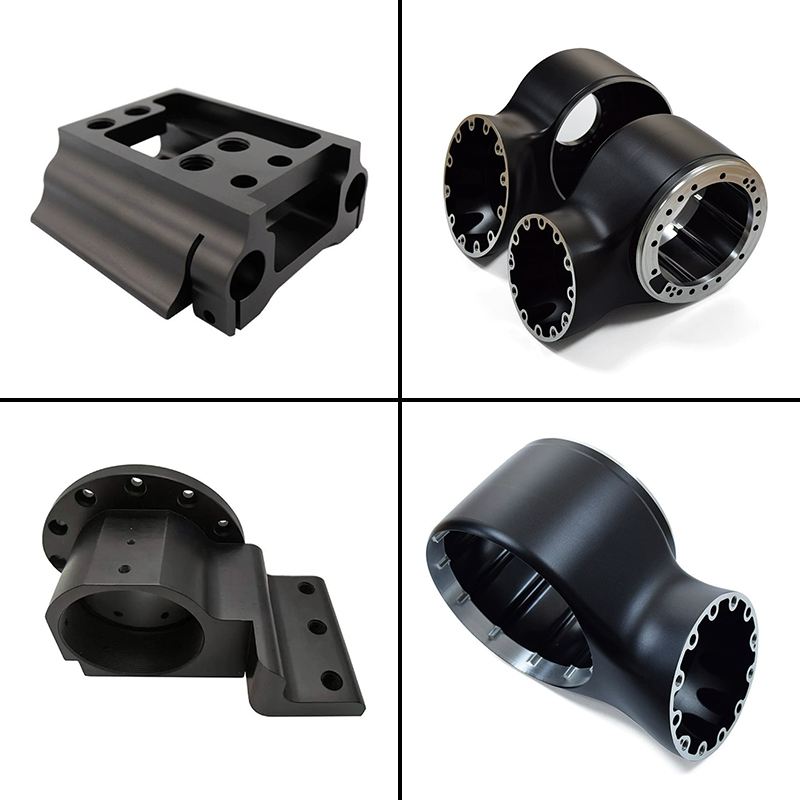
But what exactly makes rapid prototyping so revolutionary? Is it just about creating prototypes faster? Or is there more to the story? In this article, we'll share our insights, challenges, and triumphs.By the end of this journey, you'll see product development in a whole new light.
Selecting the Right Prototyping Process: A Comparison
| Technology | Description | Pros | Cons | Common Materials | Typical Applications | Cost Range |
|---|---|---|---|---|---|---|
| Stereolithography (SLA) | Uses a UV laser to cure liquid resin layer by layer. | High accuracy and smooth surface finish, good for detailed parts. | Can be brittle, requires support structures. | Photopolymers (resins) | Concept models, prototypes with fine features, medical models. | Medium |
| Selective Laser Sintering (SLS) | Uses a high-power laser to fuse powder materials. | Can produce complex geometries without supports, good for functional prototypes, wide range of materials. | Rougher surface finish compared to SLA, can be more expensive. | Nylon, elastomers, composites. | Functional prototypes, end-use parts, complex internal structures. | High |
| Fused Deposition Modeling (FDM) | Extrudes thermoplastic filament layer by layer. | Relatively low cost, wide range of materials available, easy to use. | Lower accuracy and rougher surface finish compared to SLA/SLS, layer lines visible. | PLA, ABS, PETG, TPU. | Basic prototypes, concept models, tooling, jigs and fixtures. | Low |
| CNC Machining | Subtractive process that removes material from a solid block using cutting tools. | High accuracy and tight tolerances, excellent surface finish, wide range of materials including metals and plastics. | Can be more time-consuming for complex geometries, material waste. | Metals (aluminum, steel, titanium), plastics (ABS, polycarbonate, acrylic). | Functional prototypes requiring high precision and specific material properties, short-run production. | Medium to High |
| Injection Molding | Molten material is injected into a mold cavity. (Used for rapid tooling in prototyping) | High volume production, excellent repeatability, wide range of materials. | High initial tooling costs, less cost-effective for low volumes. | Thermoplastics, thermosets. | High-volume production, complex geometries. (Used in prototyping with aluminum molds for lower costs). | High for steel tooling, Lower for aluminum tooling in prototyping |
Understanding Machining for Prototyping
Have you ever wondered how a rough idea becomes a perfectly shaped metal part almost overnight? Thanks to CNC (Computer Numerical Control) machining, what used to take days or weeks now happens in hours. By feeding our digital designs straight into precision machines, we rapidly turn concepts into working prototypes—no lengthy waits required.
Using CNC for rapid prototyping offers three big advantages. First, it’s fast: we can build and test new designs almost immediately, so there’s no downtime slowing us down. Second, it’s incredibly accurate: every cut matches the original specifications, giving us confidence that our prototypes truly reflect the intended design. And third, it’s flexible: whether we need a one-off sample or a small batch for broader testing, CNC adapts to the job with ease. From complex aerospace parts to bespoke consumer-product components, this technology consistently delivers the precision and speed our projects demand.
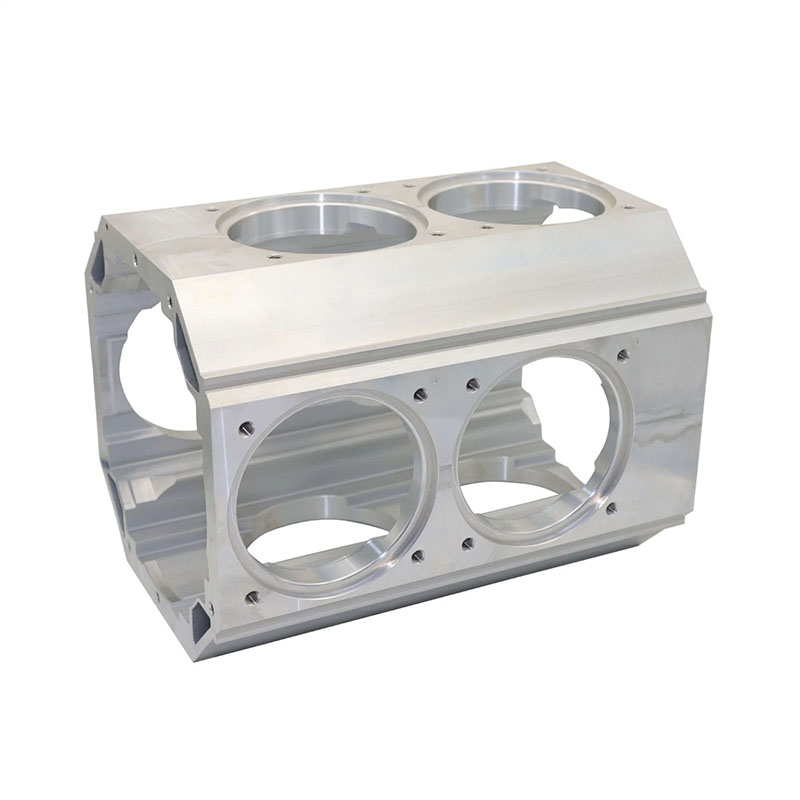
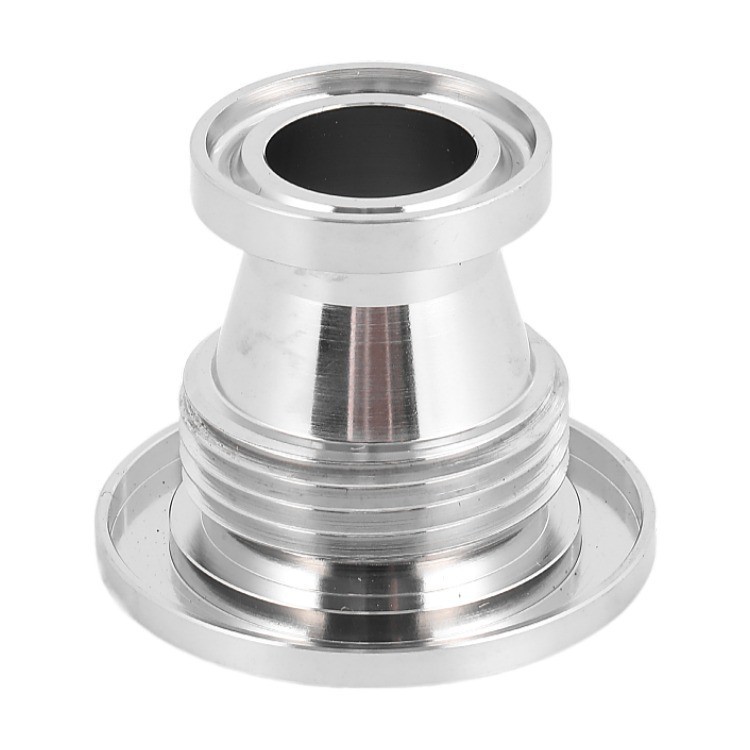
Exploring Metal Prototyping Techniques
Have you ever needed to see how a metal design will hold up before investing in full-scale production? That’s where metal prototyping comes in. By crafting prototypes from different metals, we can evaluate a part’s shape, fit, and strength well before committing to large-volume runs—vital for any industry that demands durability. One of our favorite approaches is rapid sheet-metal prototyping, which lets us form intricate geometries from thin metal sheets in record time.
Rapid sheet-metal prototyping shines for three main reasons. It’s cost-effective—minimizing scrap material keeps budgets in check during early design stages. It’s fast—quick turnarounds mean we get real feedback and make adjustments on the fly. And it’s incredibly versatile—from rugged automotive brackets to sleek electronics housings, the same process handles them all. In one recent automotive project, this technique let us trial multiple bracket designs within days, sidestepping the lengthy waits typical of conventional methods. The result? Smarter designs delivered sooner, with confidence in both performance and cost.
Principals of Plastic Prototyping
When it comes to creating plastic prototyping, we utilize various methods tailored to the specific needs of each project. From injection molding to 3D printing, the options are plentiful.
But why do we choose plastic for prototyping?
- Lightweight and Durable: Plastic parts can be both lightweight and strong, making them ideal for a wide range of applications, from consumer products to medical devices.
- Cost Efficiency: Compared to metal, producing plastic prototypes is often more cost-effective, especially for small runs or initial testing phases.
- Design Flexibility: The ability to create complex shapes and intricate designs with plastic allows us to innovate freely without being constrained by material limitations.

In our experience, plastic prototyping has significantly accelerated our development timelines. For example, when working on a new consumer gadget, we quickly produced several iterations of the casing using 3D printing. This rapid feedback loop enabled us to refine our design based on real-world testing and user feedback.
The Use of Rapid Tooling
As we continue our exploration of prototyping, let’s dive into a concept that has become essential in our workflow: rapid tooling. Have you ever considered how we manage to create molds and tools so quickly? This is where rapid tooling comes into play, significantly enhancing our ability to produce high-quality prototypes.
Rapid tooling refers to the methods we use to create molds and fixtures in a fraction of the time it traditionally takes. Why is this important for us? Here are a few reasons:
- Speed to Market: By using rapid tooling, we can reduce the time it takes to develop molds, allowing us to bring products to market faster than ever before.
- Cost Savings: Traditional tooling can be expensive and time-consuming. Rapid tooling minimizes both costs and lead times, making it an attractive option for prototype production.
- Improved Iteration: With quicker access to tools, we can test multiple designs and make adjustments based on real-world performance. This iterative process is crucial for refining our products.
In our projects, we've experienced firsthand how rapid tooling complements our efforts in creating both metal and plastic prototypes. For instance, when developing a new electronic device, rapid tooling allowed us to produce injection molds quickly. This efficiency enabled us to test various plastic casing designs without the long wait typically associated with mold creation.
Advantages of Fast Prototyping
As we reflect on our journey through various prototyping techniques, it’s essential to highlight the advantages of fast prototyping. Why has this approach become a cornerstone of our product development process?
One of the most significant advantages we’ve experienced is time efficiency. Quick prototyping allows us to move from concept to prototype in a matter of days, not weeks or months. This speed enables us to gather feedback sooner, which is crucial for refining our designs.
Additionally, cost reduction is another key benefit. Traditional prototyping methods can be expensive due to longer lead times and higher material costs. With rapid prototype machining, we minimize these expenses, allowing us to allocate resources more effectively across our projects.
Moreover, the flexibility that comes with rapid prototyping cannot be overstated. We can easily adapt our designs based on testing results without the fear of incurring significant costs or delays. This adaptability has led to more innovative solutions and improved product quality.
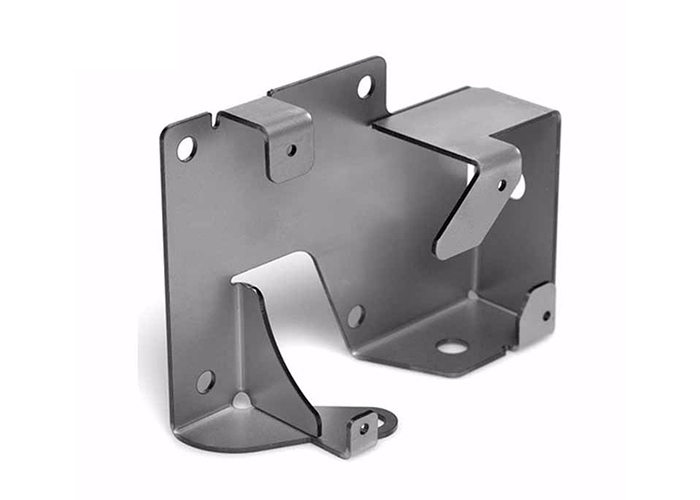
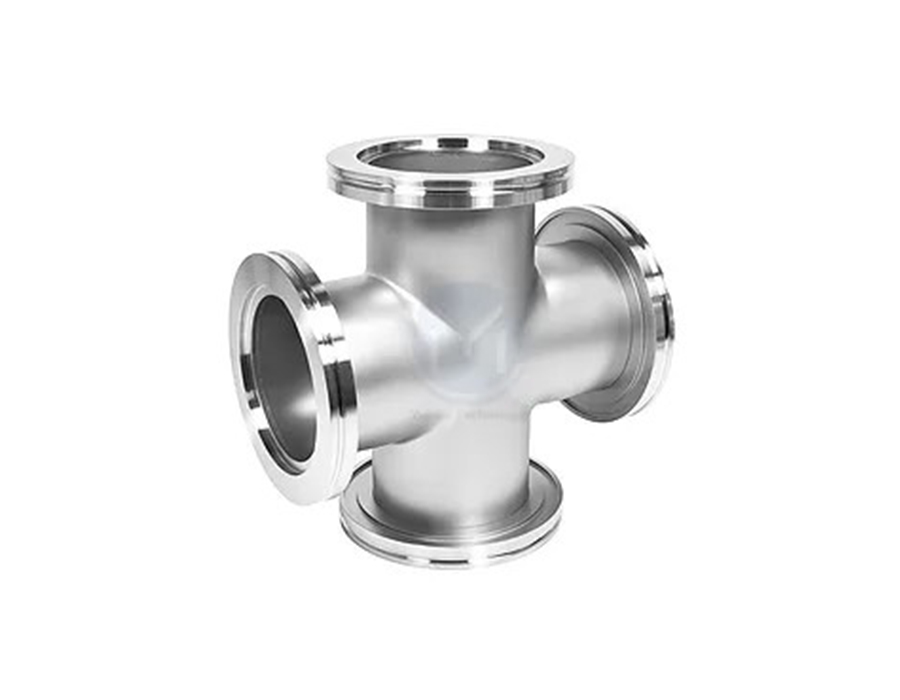
But what about the potential drawbacks? Are there limitations we need to consider? As we delve into these questions, we will share insights from our experiences and discuss how we navigate challenges in rapid tooling.
Overcoming Challenges in CNC Machining Rapid Prototyping
One of the primary challenges we grapple with is maintaining quality while pushing for speed. In our eagerness to produce prototypes quickly, we sometimes encounter issues with precision and accuracy. How do we ensure that our prototypes not only meet design specifications but also function as intended? This question drives us to implement rigorous testing and quality control processes at every stage of development.
Another significant challenge is the integration of new technologies. The rapid evolution of tools and techniques in the prototyping space means we must continuously adapt. Are we keeping up with the latest advancements? We strive to stay informed and invest in training our team, ensuring that we leverage cutting-edge technologies effectively.
Additionally, managing client expectations can be tricky. With the promise of quick turnarounds, clients may expect immediate results without understanding the complexities involved. How do we communicate these nuances while maintaining strong relationships? We focus on transparency and education, helping clients appreciate the intricacies of rapid prototyping and tooling.
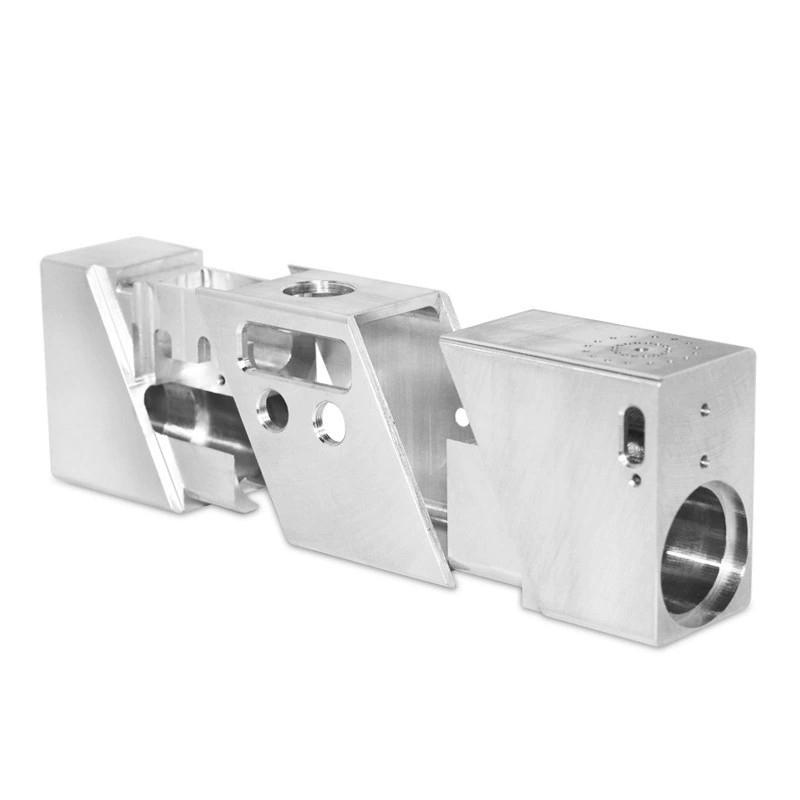

Despite these challenges, our commitment to innovation remains unwavering. Each obstacle has taught us valuable lessons that have strengthened our processes.





